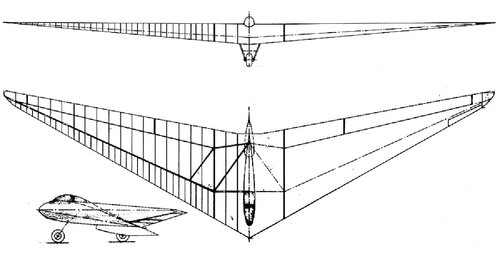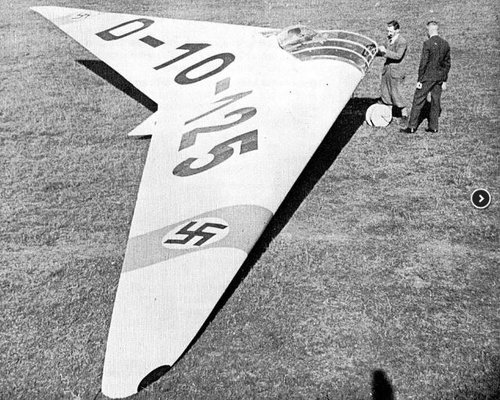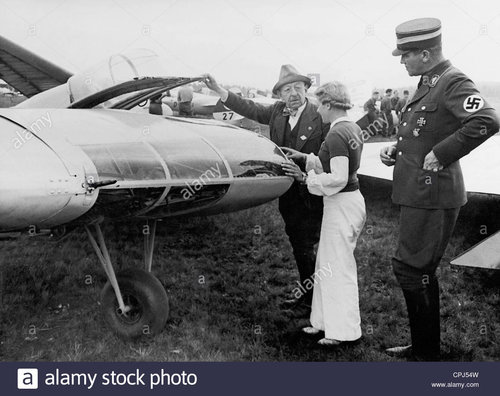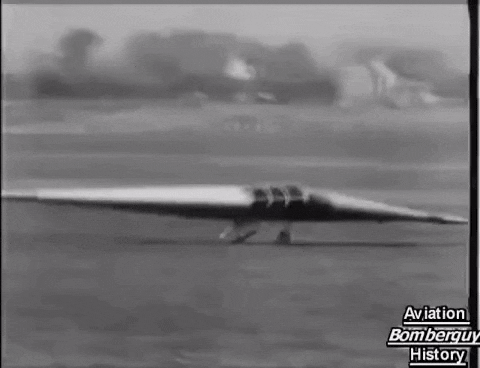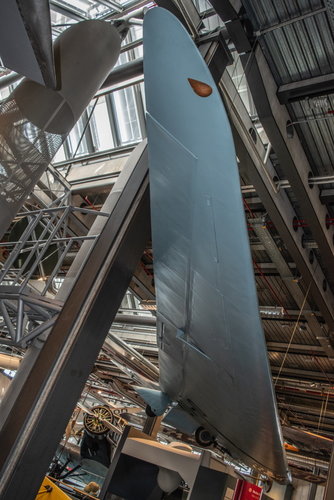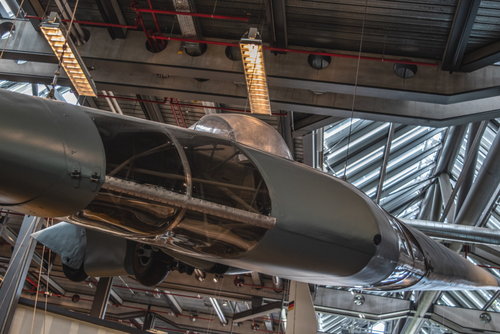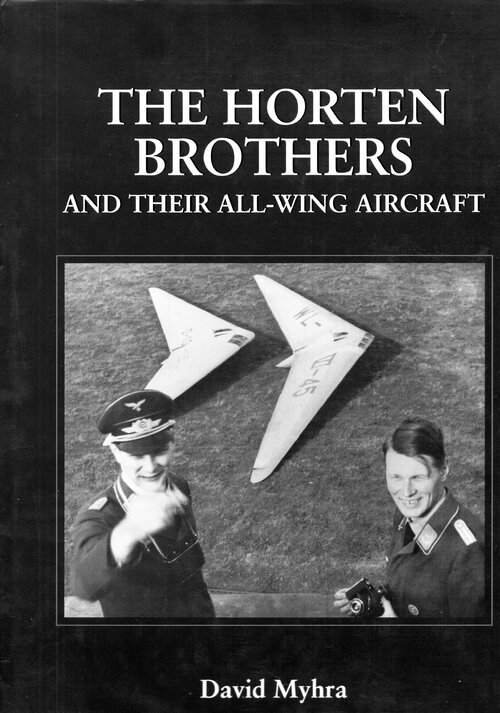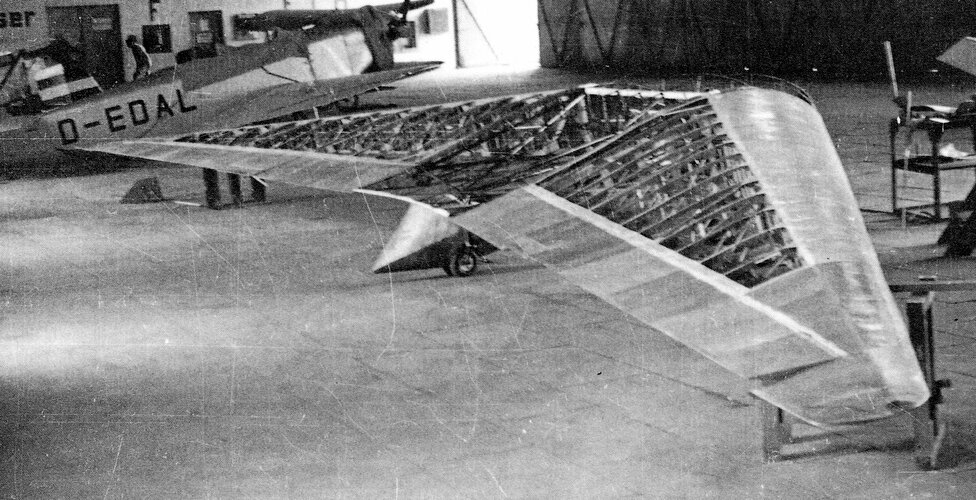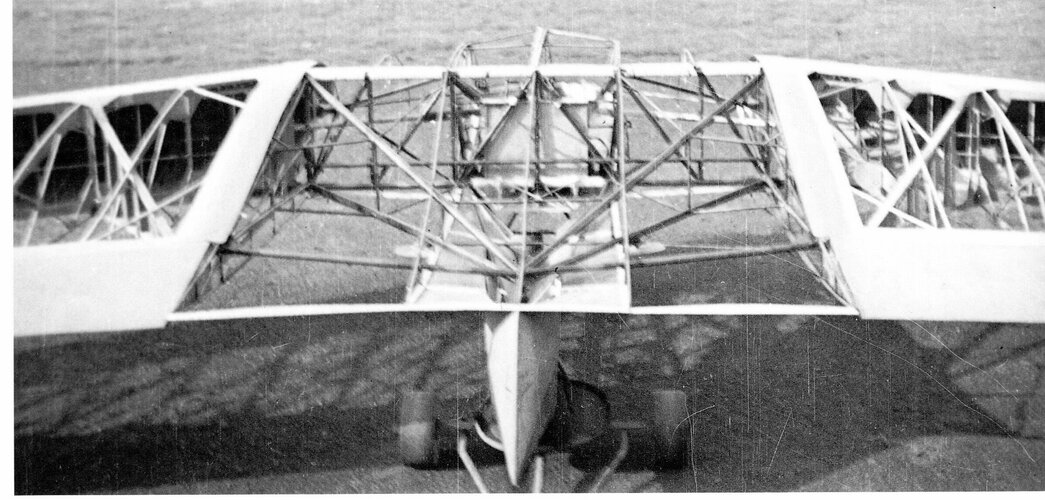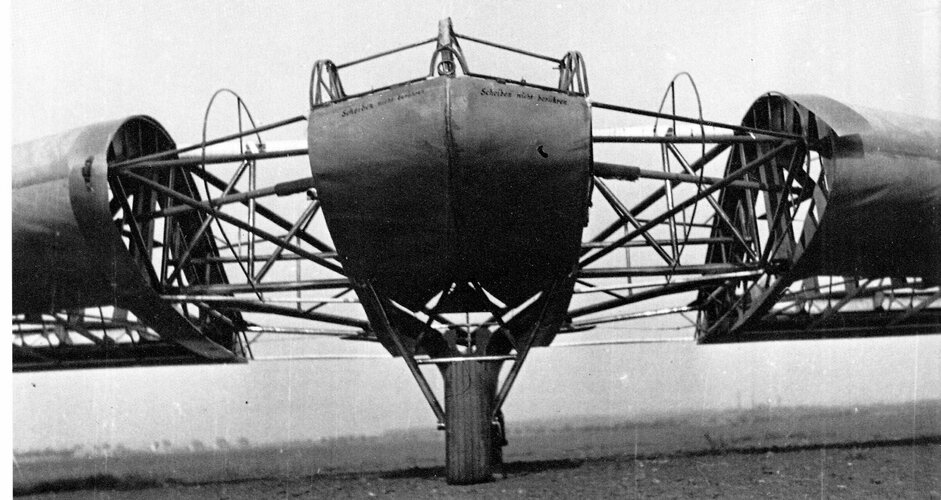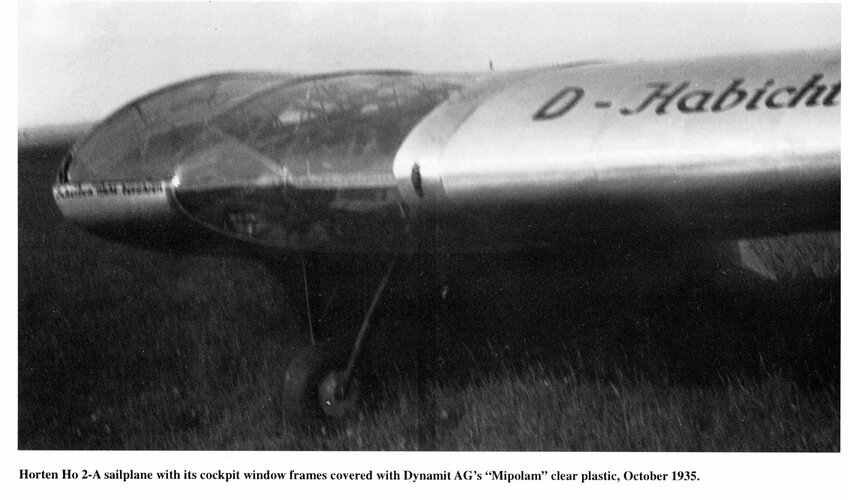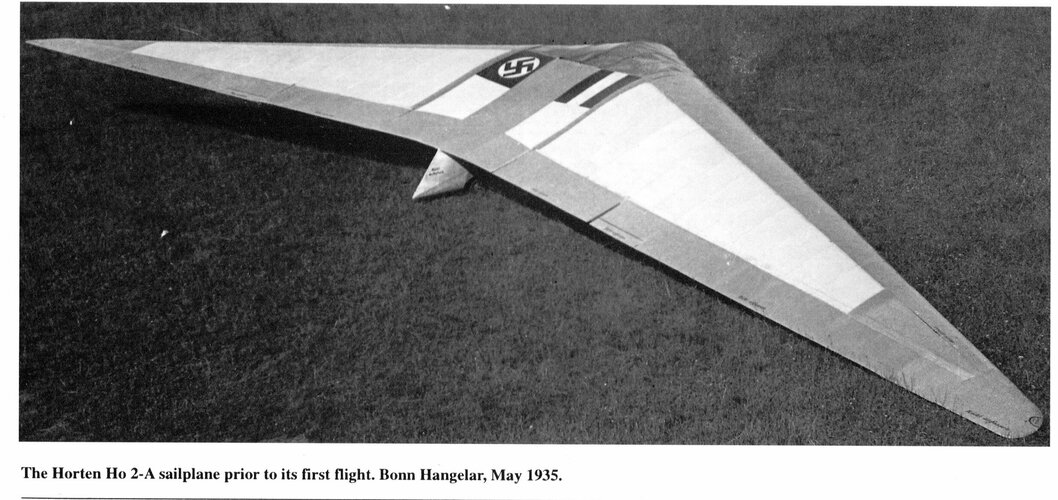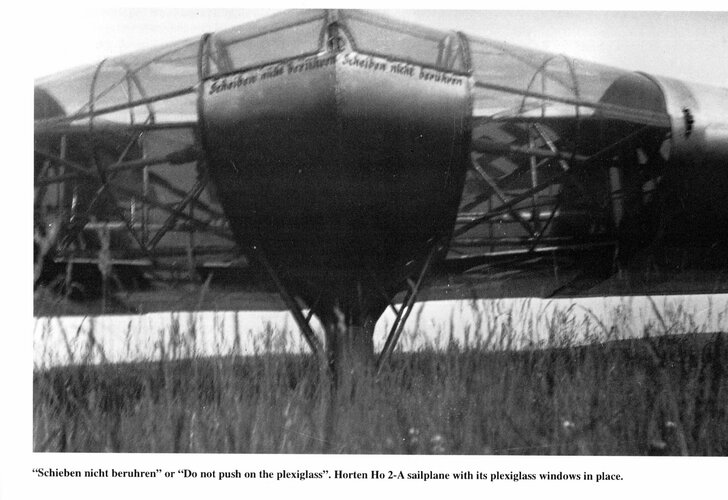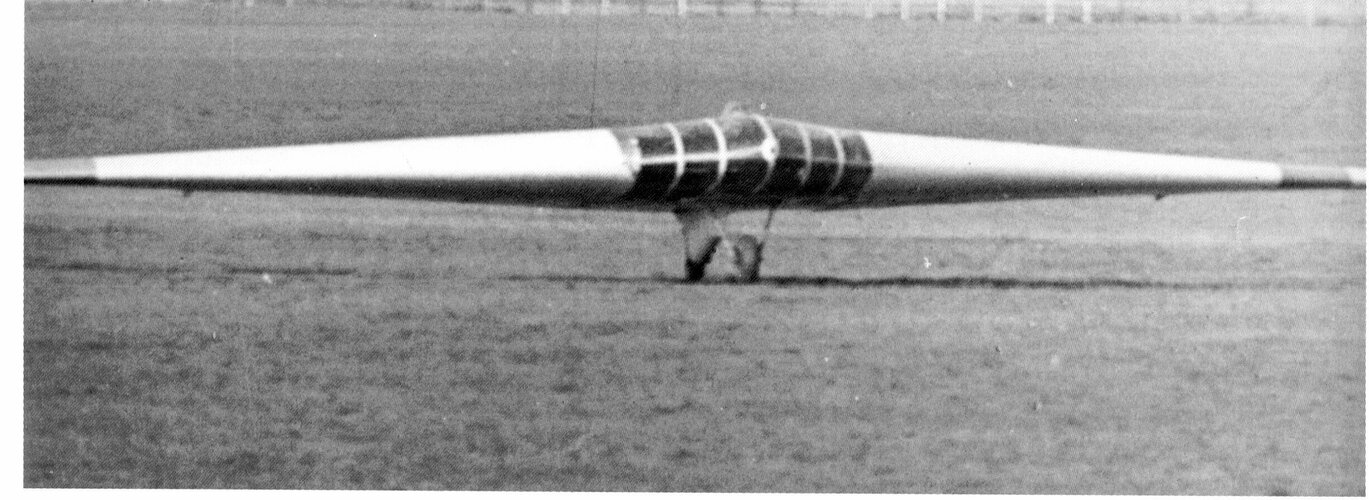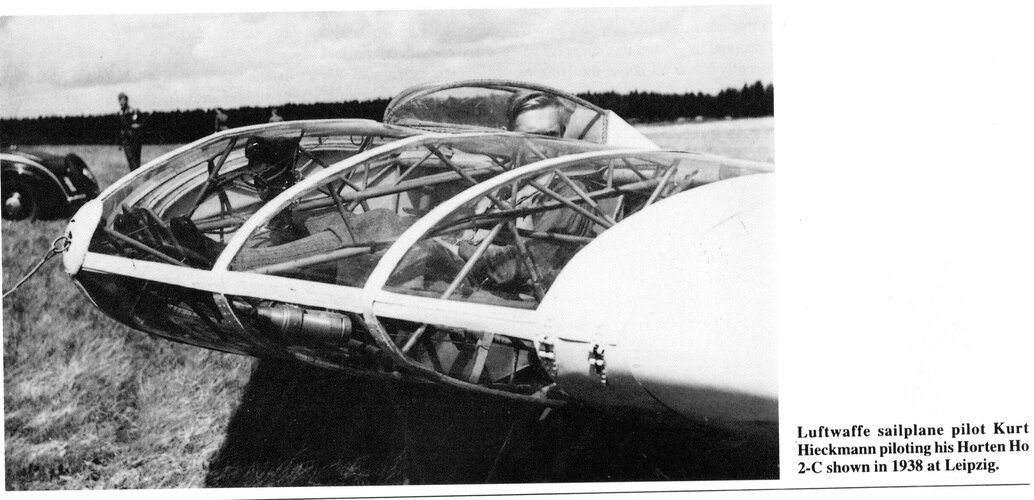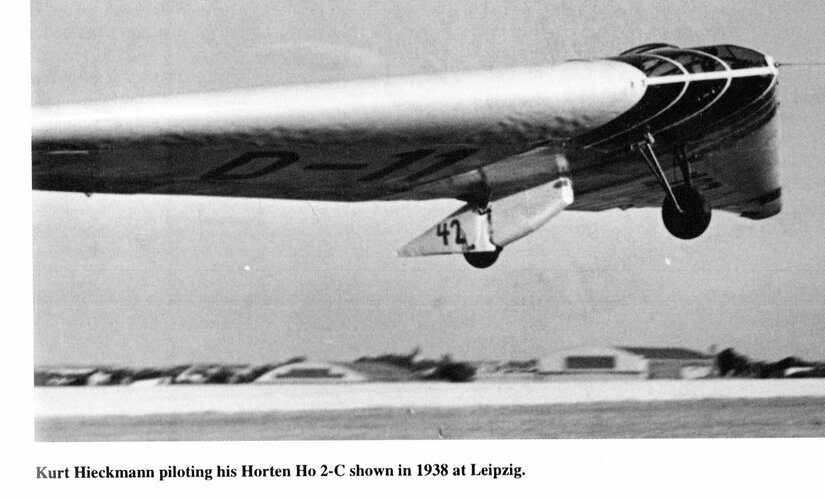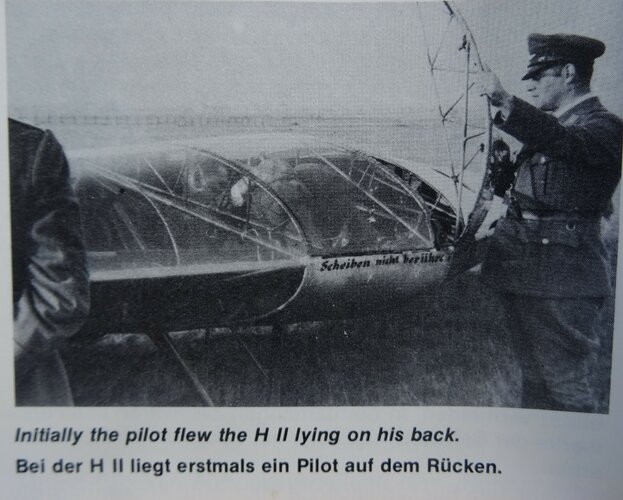You are using an out of date browser. It may not display this or other websites correctly.
You should upgrade or use an alternative browser.
You should upgrade or use an alternative browser.
Horten Ho IIa
- Thread starter Justo Miranda
- Start date
blackkite
Don't laugh, don't cry, don't even curse, but.....
- Joined
- 31 May 2007
- Messages
- 8,574
- Reaction score
- 6,762
Hi! Horten HoⅡa.
https://www.nevingtonwarmuseum.com/ho-ii.html
https://www.nevingtonwarmuseum.com/ho-ii.html
Attachments
blackkite
Don't laugh, don't cry, don't even curse, but.....
- Joined
- 31 May 2007
- Messages
- 8,574
- Reaction score
- 6,762
blackkite
Don't laugh, don't cry, don't even curse, but.....
- Joined
- 31 May 2007
- Messages
- 8,574
- Reaction score
- 6,762
nuuumannn
Cannae be ar*ed changing my personal text
- Joined
- 21 October 2011
- Messages
- 276
- Reaction score
- 537
Justo, all refrences and photos of the first H.II, show a supine pilot within the wing contour - i.e. in a very reclined position, like present day sailplanes. This was changed for the three H.IIL because there was no sideways vision for the pilot in a turn - just the inside of the wing ! So a raised bubble canopy was added to improve visibility, needed for safety and to alow the pilot to see the ground for reference when thermalling.
In 50 years of Horten research I have not seen any reference to any H.II with a prone pilot position. I would much appreciate hearing of any reference you might have found as so much Horten material is scattered.
Paul
In 50 years of Horten research I have not seen any reference to any H.II with a prone pilot position. I would much appreciate hearing of any reference you might have found as so much Horten material is scattered.
Paul
SourceJusto, all refrences and photos of the first H.II, show a supine pilot within the wing contour - i.e. in a very reclined position, like present day sailplanes. This was changed for the three H.IIL because there was no sideways vision for the pilot in a turn - just the inside of the wing ! So a raised bubble canopy was added to improve visibility, needed for safety and to alow the pilot to see the ground for reference when thermalling.
In 50 years of Horten research I have not seen any reference to any H.II with a prone pilot position. I would much appreciate hearing of any reference you might have found as so much Horten material is scattered.
Paul
Attachments
Justo, thank you for ypour response. If you look at several oyou posted of the not yet completed H.II prototype, you can see the pilots seatback attached to the centre section mainspar,
In the book 'Nurflugel' by Peter Selinger and Reimar Horten page 36........
......we decided to put the pilot in a reclining position in our next project, so that he would remain within the wing profile.
Further down page 36 ......
The unfamiliar reclining position, so popular in modern sailplanes, was not a good solution. It was difficult to see out while circling and during slow flight., the pilots feet would be above the horizon and higher than his head.
If the pilot was prone, then his view would have been excellent and when circling, nose high, his feet would be behind and below him.
Reimars description (translated by my old friend Jan Scott, who spent a lot of time with Reimar Horten when the book was being written) is I feel, crystal clear - the seating was 'normal' except for the fact that the pilot was strongly reclined as is modern practice. There are no prone piloted, modern high performance sailplanes.
On Page 40 of Nurflugel, there is actually a rather grey photo in which the reclining pilot can be see. Apologies my scanner is broken but I will post it as soon as its repaired.
In David Myhra's book The Horten Brothers and their All-Wing Aircraft page 60....
If the pilot sat in a reclined position, the brothers reasoned, the cockpit could be containedcompletely inside the wing.
Page 65........
For one thing, the reclining pilot sitting position was quite uncomfortable. Even worse gthe reclined position limited the pilots view to the rear thus giving him a feeling of insecurity while curving (turning - Mu17) because the pilot could not see where he was flying.
The words ...reclining pilot sitting position .. clearly show the pilot was not prone. All the comments concerning visibility, feet above the pilot in a turn, are consistent with this.
I edited one of David Myhras Ho229 volumes to minimise translation and technical errors. I did have a concern that he used designations for which I personally have not seen supporting documentation (but little survives ). I have not seen any contemporary reference to H.IIa or H.IIc. In thde Selinger /Horten book Nurflugel, the proototype H.II is simply called H.II wnr 2. When fitted with an engine it is called H.IIm and given the new wnr 3, even though it was the same airframe ! The three other H.II that were built, were all called H.II L
Hope this is helpfull Paul / Mu17
In the book 'Nurflugel' by Peter Selinger and Reimar Horten page 36........
......we decided to put the pilot in a reclining position in our next project, so that he would remain within the wing profile.
Further down page 36 ......
The unfamiliar reclining position, so popular in modern sailplanes, was not a good solution. It was difficult to see out while circling and during slow flight., the pilots feet would be above the horizon and higher than his head.
If the pilot was prone, then his view would have been excellent and when circling, nose high, his feet would be behind and below him.
Reimars description (translated by my old friend Jan Scott, who spent a lot of time with Reimar Horten when the book was being written) is I feel, crystal clear - the seating was 'normal' except for the fact that the pilot was strongly reclined as is modern practice. There are no prone piloted, modern high performance sailplanes.
On Page 40 of Nurflugel, there is actually a rather grey photo in which the reclining pilot can be see. Apologies my scanner is broken but I will post it as soon as its repaired.
In David Myhra's book The Horten Brothers and their All-Wing Aircraft page 60....
If the pilot sat in a reclined position, the brothers reasoned, the cockpit could be containedcompletely inside the wing.
Page 65........
For one thing, the reclining pilot sitting position was quite uncomfortable. Even worse gthe reclined position limited the pilots view to the rear thus giving him a feeling of insecurity while curving (turning - Mu17) because the pilot could not see where he was flying.
The words ...reclining pilot sitting position .. clearly show the pilot was not prone. All the comments concerning visibility, feet above the pilot in a turn, are consistent with this.
I edited one of David Myhras Ho229 volumes to minimise translation and technical errors. I did have a concern that he used designations for which I personally have not seen supporting documentation (but little survives ). I have not seen any contemporary reference to H.IIa or H.IIc. In thde Selinger /Horten book Nurflugel, the proototype H.II is simply called H.II wnr 2. When fitted with an engine it is called H.IIm and given the new wnr 3, even though it was the same airframe ! The three other H.II that were built, were all called H.II L
Hope this is helpfull Paul / Mu17
Similar threads
-
-
-
-
-
Horten Ho X and Ho VIIIb: a new reconstruction attempt
- Started by Michel Van
- Replies: 5

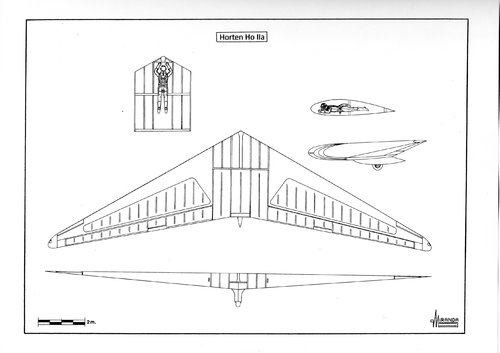
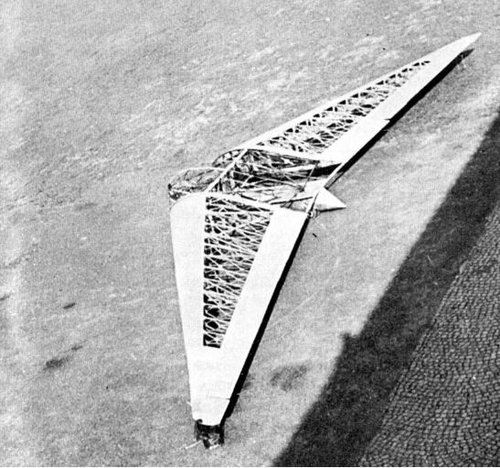
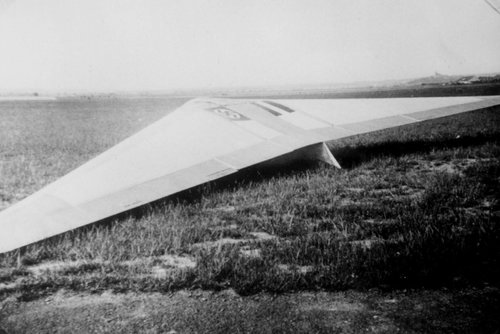
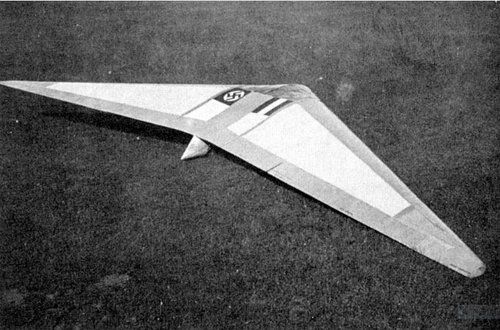
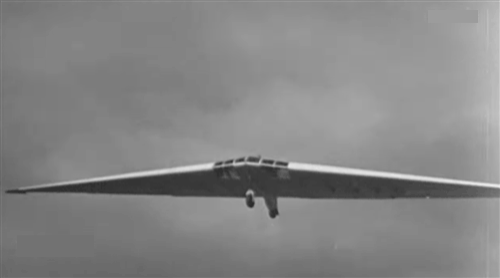
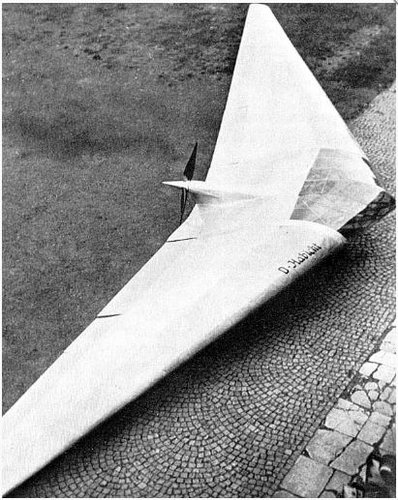

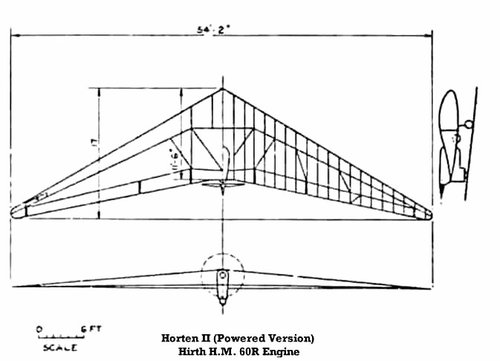
![Les_Ailes___journal_hebdomadaire_[___]_bpt6k6555215g.JPEG](/data/attachments/174/174358-b4b6e82811507dcc6128dbdf4abf3b6d.jpg)
